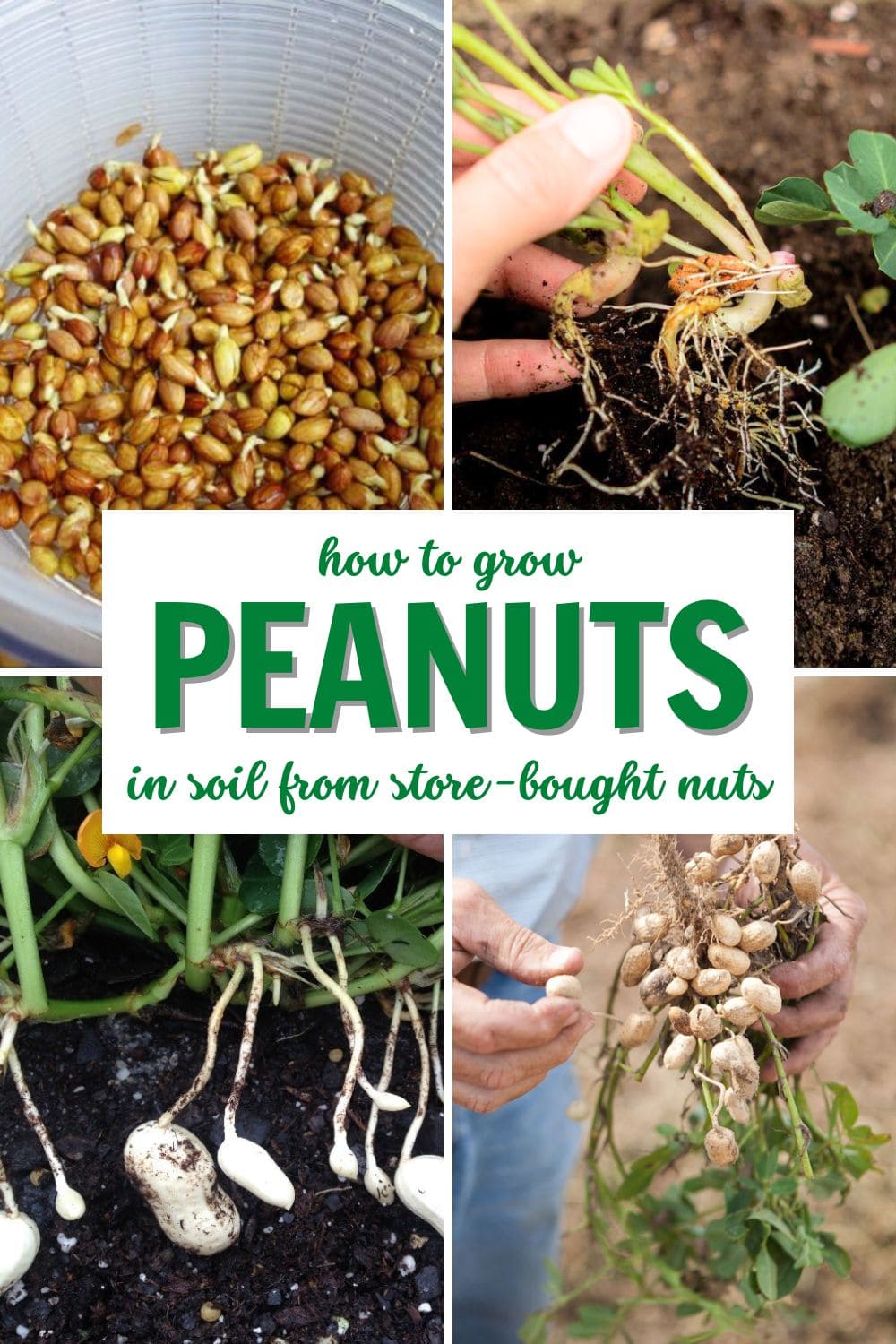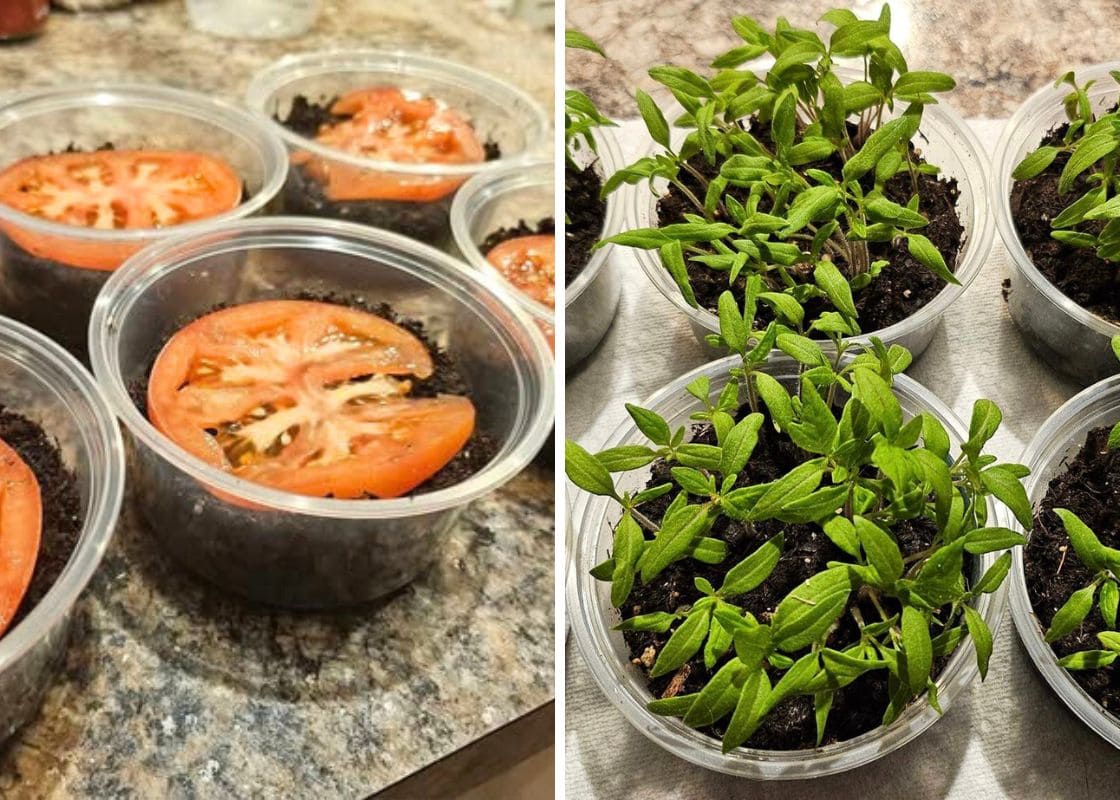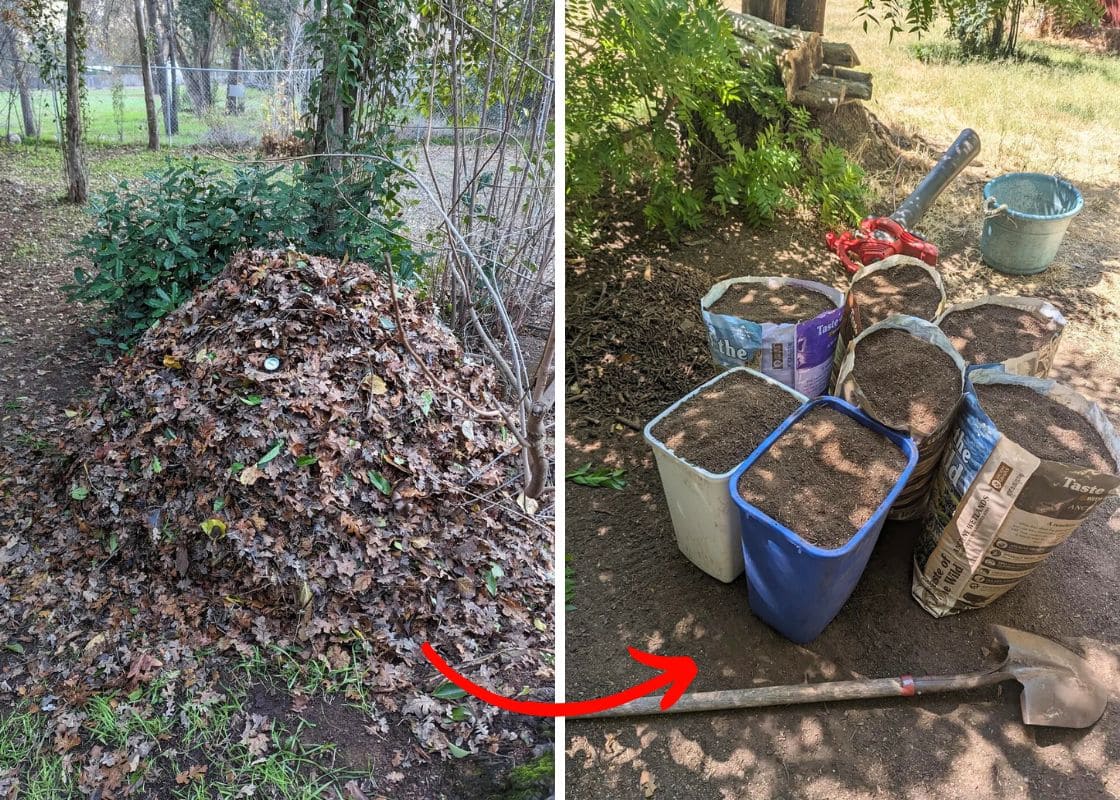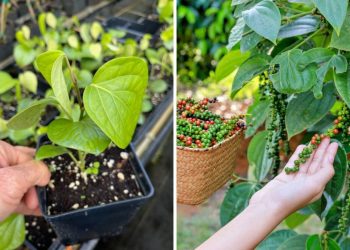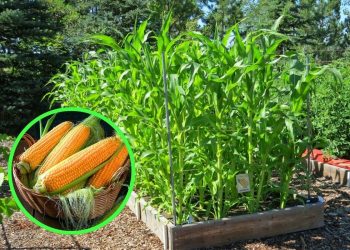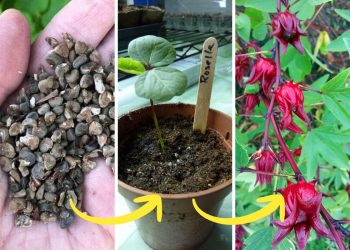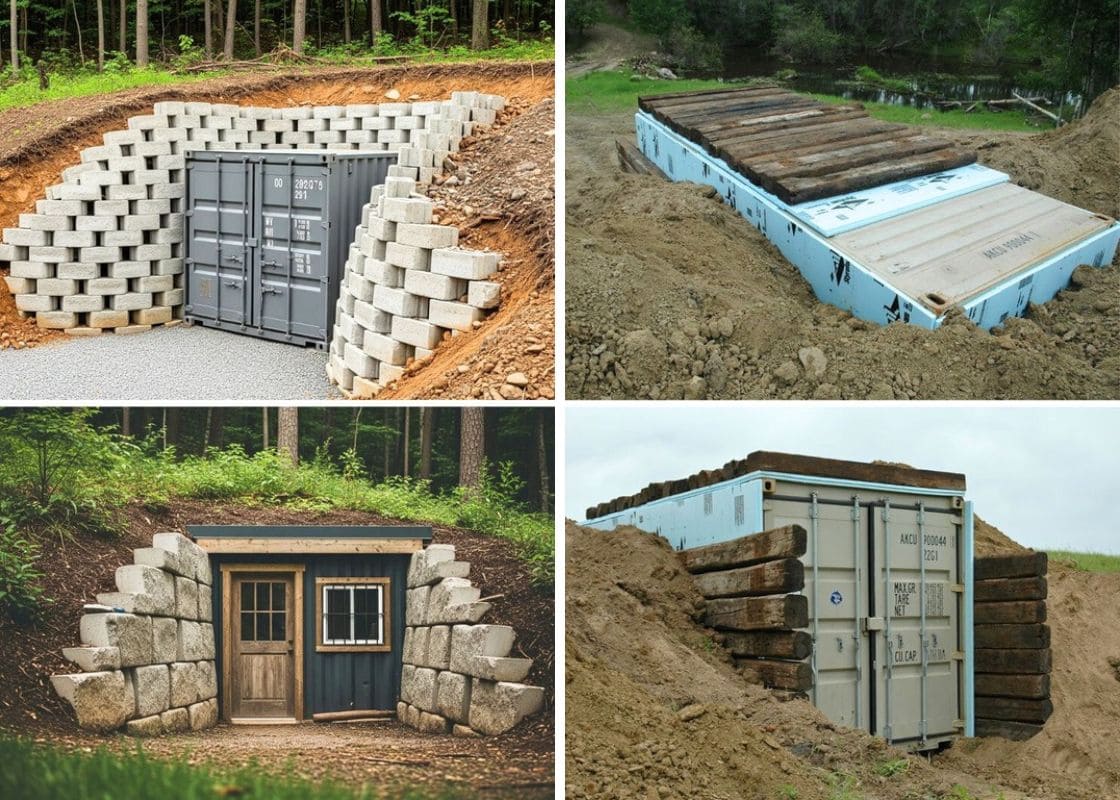I’ve always found something magical about growing food from everyday grocery items. Peanuts, in particular, are one of those crops that seem almost too simple to grow, yet many people assume they require a specialized process.
In reality, you can start a peanut patch right in your backyard using store-bought raw peanuts, yes, the same ones you’d snack on!
If you’ve ever wondered how to turn those nuts into a thriving peanut plant, I’ll walk you through the entire process based on my experience.
Choosing the Right Peanuts for Planting
Not all store-bought peanuts will sprout, so choosing the right kind is crucial.
You need raw, unsalted, unroasted peanuts, preferably still in their shells. If they’ve been processed in any way, they won’t germinate.
I always recommend checking organic stores or farmer’s markets, as they often have untreated peanuts that are perfect for planting.
Preparing the Soil for Peanuts
Peanuts thrive in loose, well-draining, sandy soil. Heavy, compacted soil won’t let the peanut pods develop properly underground.
If your soil has a lot of clay, mixing in sand and organic matter like compost or aged manure can improve aeration and drainage.
Peanuts also prefer a slightly acidic to neutral soil (pH 5.8–7.0), so if your soil is too alkaline, adding organic compost can help balance it out.
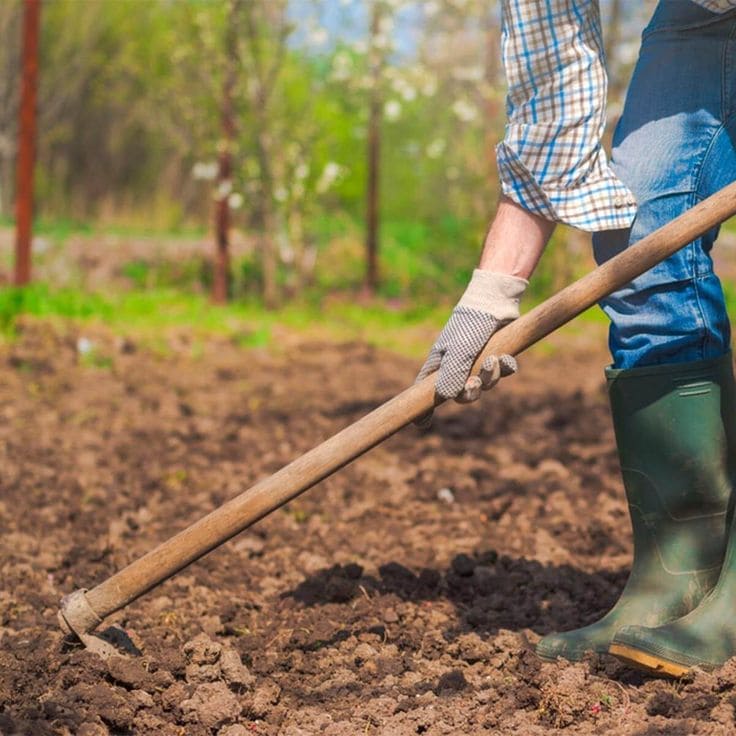
I’ve had the best results growing peanuts in raised beds or mounded rows, which help with drainage and give the roots plenty of room to spread.
Before planting, I always loosen the top 10 inches of soil and mix in some compost to provide the young plants with nutrients as they grow.
Sprouting Store-Bought Peanuts Before Planting
While you can sow peanuts directly into the soil, I’ve found that pre-sprouting them increases the chances of success. This is a simple process:
- Remove the peanuts from their shells, but leave the thin, papery skin intact.
- Soak the nuts in lukewarm water overnight. This softens the shell and kickstarts germination.
- Wrap the peanuts in a damp paper towel, place them in a plastic bag, and leave them in a warm, dark spot for 3–5 days.
- Once tiny roots start emerging, they’re ready to be planted!
If you live in a colder climate, sprouting indoors before transplanting can give your plants a head start and extend your growing season.
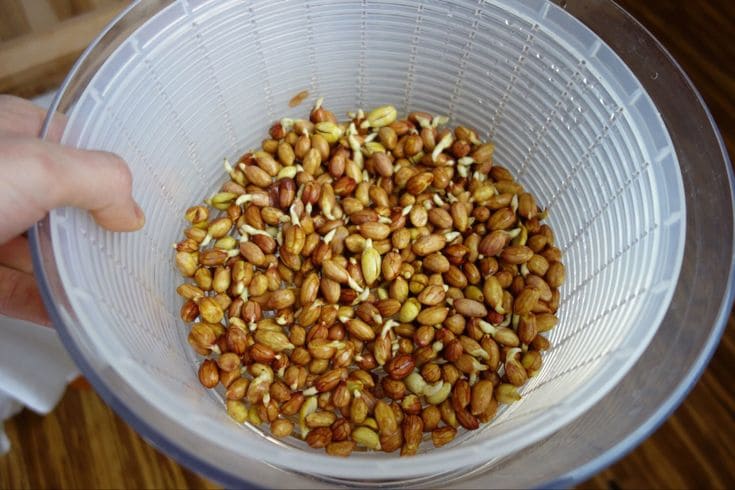
Planting Peanuts in Soil
Peanuts love warm weather, so they should be planted after the last frost when the soil temperature reaches at least 65°F (18°C).
In my garden, this is usually in late spring. I plant them about 1 to 2 inches deep, spacing them 6 inches apart in rows about 2 feet apart.
Each peanut seed will grow into a small bushy plant, so giving them room ensures they have enough space to thrive.
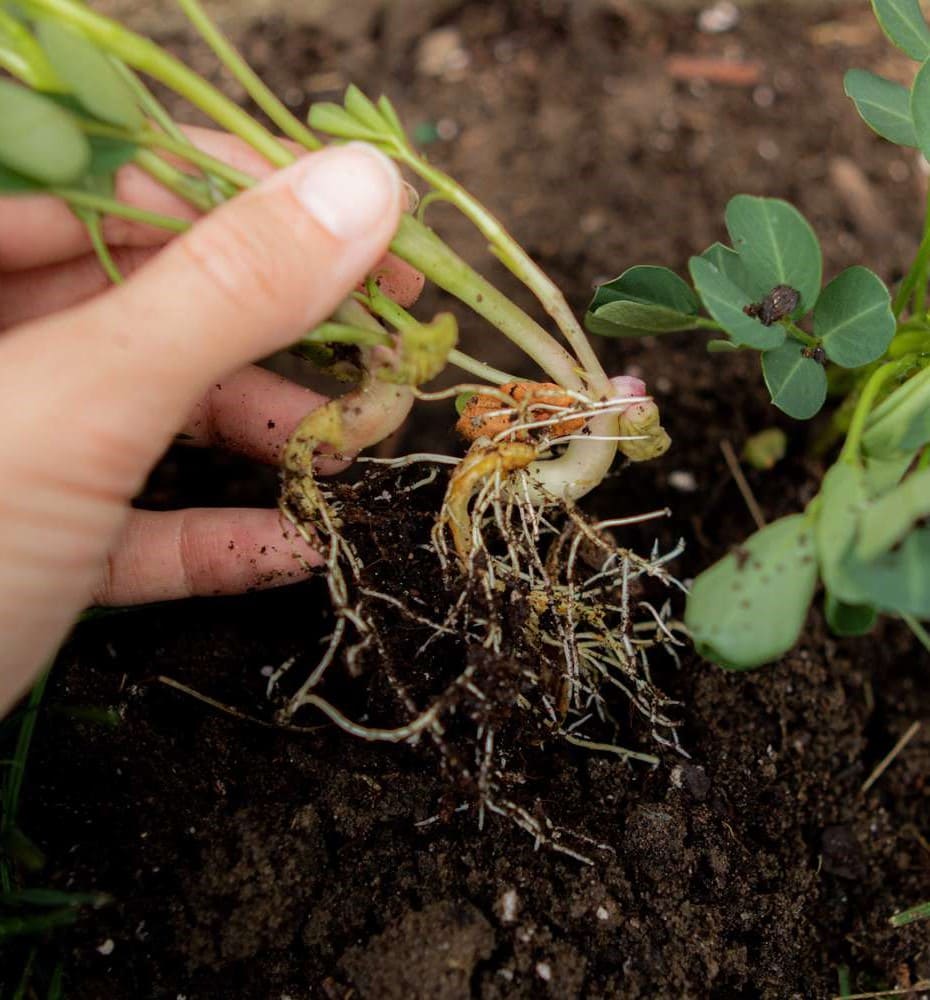
Watering and Caring for Peanut Plants
Peanuts need consistent moisture, especially when they’re young. I water them regularly, keeping the soil slightly damp but never soggy.
However, once the plants start flowering and producing pegs (the part that burrows into the soil to form peanuts), I cut back on watering slightly to prevent rot.
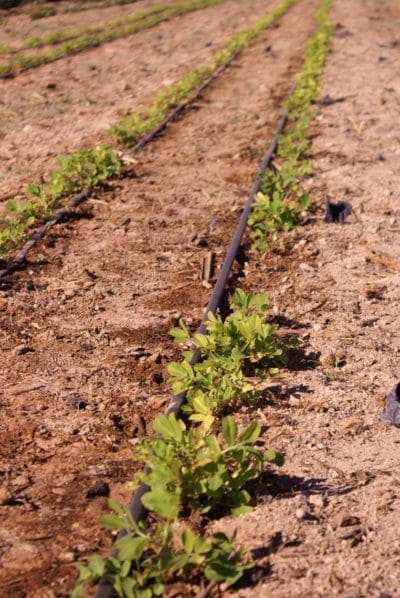
Mulching around the plants helps retain moisture and keeps weeds down. I prefer using straw or dried leaves, which also improve soil quality as they break down.
Peanuts don’t need heavy fertilization, but adding a bit of compost or a mild organic fertilizer can encourage healthy growth.
Since they are legumes, they naturally fix nitrogen in the soil, reducing the need for extra nitrogen-based fertilizers.
Watching for Flowering and Pegging
One of the most fascinating things about growing peanuts is how they develop. After about 40 days, the plants start producing yellow flowers.
These flowers self-pollinate, and once they fade, a peg (a small stem) begins growing downward into the soil. This is where the peanuts form underground!
At this stage, I make sure the soil stays loose so the pegs can bury themselves easily. If the soil is too hard or compacted, the pegs won’t reach deep enough to develop peanuts.

Harvesting Peanuts
Peanuts take about 4–5 months to mature, so patience is key. The leaves start turning yellow when they’re ready to harvest, usually in early fall.
I like to dig up a test plant first to check if the pods are fully developed. If they are, I use a garden fork to carefully lift the plants, shaking off excess soil.
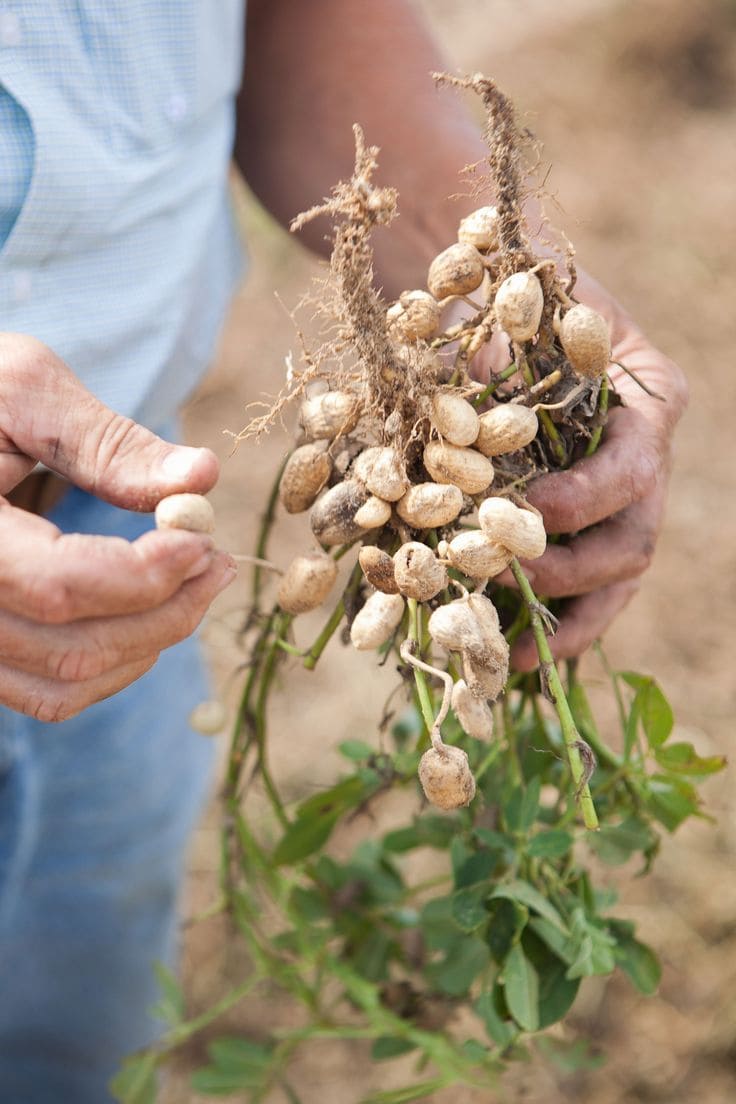
Once harvested, I let the peanuts dry in a warm, shaded area for about two weeks. This curing process improves flavor and makes them easier to store.
If you want to save some for planting next year, keep a handful in their shells in a dry, cool place.
